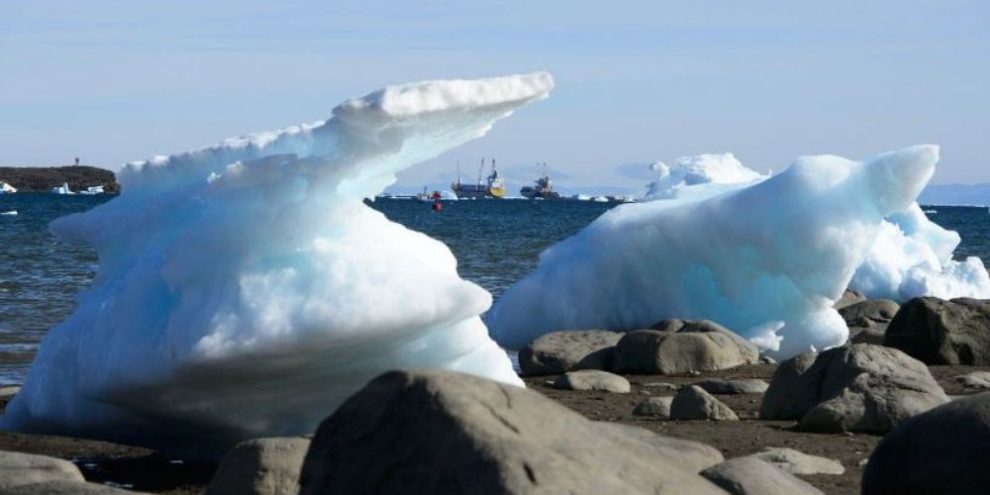
By David Fraser in Ottawa
The Department of National Defence and Canadian Armed Forces confirm that they are aware of recent efforts by China to conduct surveillance operations in Canadian airspace and waters.
Spokesman Daniel Le Bouthillier said in a statement that the armed forces have tracked and stopped attempts to surveil Canadian territory since 2022 under Operation LIMPID.
"To ensure the integrity of operations, we are unable to provide further information at this time," he said.
Foreign Affairs Minister Mélanie Joly said in an interview on CNN Wednesday morning that China is an increasingly disruptive power.
She said Canada will work with Norad to protect North American airspace and take a strong stance on Canada's Arctic sovereignty as more reports of foreign interference emerge.
"When it comes to China, we will challenge China when we ought to, and we will co-operate with China when we need to," she said.
"When it comes to issues over the Arctic within our maritime borders, or any form of foreign interference, we will be clear, and that's how we will address this issue."
Her comments come after the Globe and Mail newspaper reported that the Canadian military had detected Chinese monitoring buoys in the Arctic.
That revelation follows the U.S. decision to shoot down what was confirmed to be a Chinese high-altitude balloon early this month. China's government denied it was a spy device.
Three other high-altitude objects were shot down over North America in the days that followed, but U.S. President Joe Biden has said that there is nothing to suggest these additional objects were related to what he described as "China's spy balloon program."
Adam Lajeunesse, an assistant professor at St. Francis Xavier University who specializes in Canadian Arctic marine security, said it isn't clear right now what kind of instrumentation would be present in the Chinese buoys.
"It's some kind of scientific device with potential dual use capability that was almost certainly dropped off by one of the two Chinese icebreakers," he said, referring to vessels that the country has used to circumnavigate the Arctic.
Questions still remain about whether the buoys drifted into Canadian waters after being deployed in the Arctic Ocean, or if they were deliberately anchored to the sea floor in Canadian territory.
Lajeunesse said that a buoy could be used to chart the sea floor and monitor salinity levels and ice thickness ahead of other deployments.
"This is the necessary scientific work that has to be done before you deploy nuclear submarines into the Arctic," he said, noting that another fear is the buoy could be tracking American submarines.
He said it is "virtually impossible" to disentangle scientific and academic work in China from the country's military and government, and Canada must decide whether it will still allow Chinese icebreakers through the Northwest Passage.
"The most significant result of this is going to be a Canadian reconsideration of scientific co-operation with the Chinese," said Lajeunesse.
"Canada is going to have to do a big review of not only its co-operation with the scientific community within China, but also how it responds to ostensibly civilian work and scientific work within its areas of jurisdiction."
He said the Chinese have for many years tested unmanned drones, underwater drones known as "wave gliders" and Arctic-specific geo-spatial technology in the region.
"None of this is new. I think we are just starting to notice it and put it within the context of a more confrontational relationship with China," he said.
The United States changed its laws around marine scientific research in 2020 to require additional authorizations before allowing foreign research activity.
Banner image: Ships are framed by pieces of melting sea ice in Frobisher Bay in Iqaluit, Nunavut on Wednesday, July 31, 2019. THE CANADIAN PRESS/Sean Kilpatrick
This report by The Canadian Press was first published Feb. 22, 2023.





